Proper equine nutrition is the foundation of a healthy, happy, and high-performing horse. Whether you own a competition horse, a leisure pony, or a retired companion, understanding their dietary needs is essential. In this guide, we’ll break down everything you need to know about feeding your horse the right way.
1. Understanding the Basics of Equine Digestion
Horses are herbivores with a unique digestive system designed for continuous grazing. Unlike humans, they have a small stomach and rely on a hindgut fermentation process to break down fibrous food. This means:
- They should eat small, frequent meals rather than large ones.
- Their diet should be high in fiber to maintain gut health.
- Sudden changes in feed can cause colic or digestive upset.
📌 Real-world example: Horses that are fed large grain meals once or twice a day, instead of having constant access to forage, are at higher risk of gastric ulcers and colic.
🔗 Useful Resource: British Horse Society – Feeding Horses
2. Forage: The Foundation of Every Horse’s Diet
Forage, including hay, haylage, and grass, should make up at least 70-80% of a horse’s diet. Good-quality forage ensures gut health, provides essential nutrients, and keeps your horse mentally satisfied.
Types of Forage:
- Grass – Natural and ideal for most horses but monitor for lush spring grass, which can cause laminitis.
- Hay – Dry forage, perfect for winter feeding or stabled horses.
- Haylage – More moisture than hay, often richer in nutrients.
📌 Real-world example: A horse on full turnout will get most of its nutrition from pasture, whereas a stabled performance horse will need supplemented hay and concentrates.
🔗 UK Hay Supplier: Haylage UK
3. Concentrates: When Does Your Horse Need Them?
Not all horses need concentrated feeds (grains, pellets, or mixes). These are typically used for horses with higher energy demands, such as competition horses or breeding mares.
Types of Concentrates:
- Cubes/Pellets – Compact and balanced, great for easy feeding.
- Mixes – Loose blends of grains and other ingredients.
- High-Fibre Feeds – Ideal for older horses or those with metabolic issues.
📌 Example: A racehorse in full training might require a high-calorie mix with added electrolytes, whereas a retired pony would thrive on forage alone.
🔗 Recommended Feed Brands in the UK:
4. Vitamins & Minerals: Essential for Optimal Health
Even with a good diet, some horses need extra vitamins and minerals, especially if they have restricted grazing or are fed mainly on hay.
Key Nutrients:
- Calcium & Phosphorus – For strong bones.
- Magnesium – Helps with muscle function and relaxation.
- Biotin – Supports healthy hooves and coat.
- Electrolytes – Essential for working horses to replace lost salts.
📌 Example: Horses on a hay-only diet may need a broad-spectrum vitamin and mineral supplement to make up for lost nutrients found in fresh grass.
🔗 UK Equine Supplements: Science Supplements
5. Hydration: The Key to a Healthy Horse
A horse can drink 25-55 litres of water per day, depending on weather and workload. Dehydration can lead to colic and poor performance.
Signs of Dehydration:
- Lethargy
- Dry gums
- Reduced skin elasticity (skin pinch test)
📌 Example: Horses in work, especially during summer, may benefit from electrolyte supplements to encourage water intake.
🔗 Hydration Advice: The Horse Trust
6. Feeding Different Types of Horses
Each horse has unique dietary requirements based on age, workload, and health status.
Example Diets:
- Leisure Horse: Good-quality forage, salt lick, and balancer if needed.
- Performance Horse: Forage + high-energy concentrates + electrolytes.
- Senior Horse: Softened hay/haylage, senior-specific feeds, joint supplements.
📌 Real-world example: An endurance horse needs high-fat, high-fiber diets to sustain energy, whereas a Shetland pony prone to laminitis requires a low-calorie, high-fiber diet.
🔗 Horse Feeding Guides: Spillers Feeds
7. Common Feeding Mistakes to Avoid
🚫 Overfeeding grains – Can lead to colic or laminitis. 🚫 Feeding too little forage – Can cause ulcers and boredom. 🚫 Not balancing the diet – Missing key vitamins/minerals. 🚫 Sudden diet changes – Always introduce new feeds gradually.
📌 Example: A sudden switch from hay to lush pasture in spring can trigger laminitis in ponies, making gradual transition essential.
🔗 Laminitis Prevention: The Laminitis Site
Conclusion: Feed Smart for a Healthy Horse
Providing the right nutrition for your horse is one of the most important responsibilities as an owner. Remember:
✔ Prioritize forage over concentrates.
✔ Ensure a balanced diet with necessary vitamins/minerals.
✔ Provide constant access to fresh water.
✔ Adjust feeding plans based on age, workload, and health.
By following these guidelines, you can ensure your horse stays in peak condition, whether they are a happy hacker, a high-performance athlete, or a golden oldie enjoying retirement.
💬 Got questions about equine nutrition? Share your thoughts with us! 🐴💙
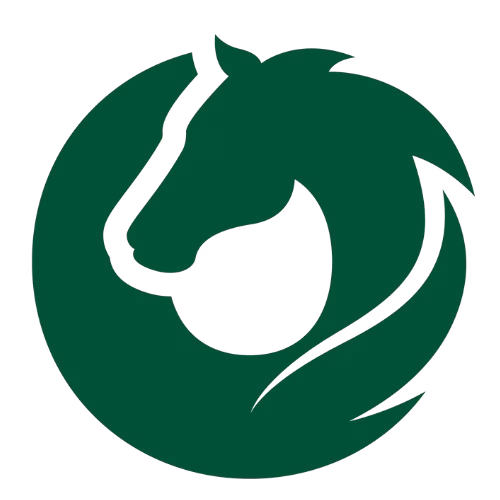
Welcome to Sell Your Horse, a platform dedicated to connecting equestrians with each other, making horse buying and selling easier and more transparent. With a focus on technology and community-building. My mission is to help like-minded equestrians find the right connections, share knowledge, and build a trusted equine network.

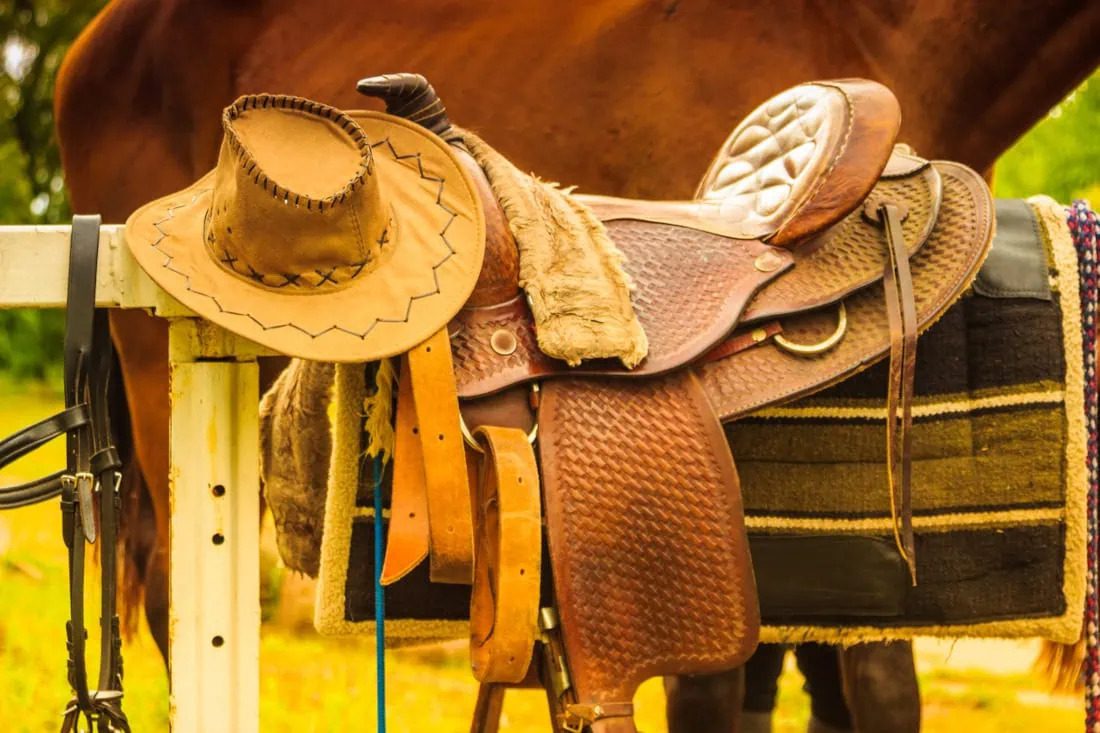
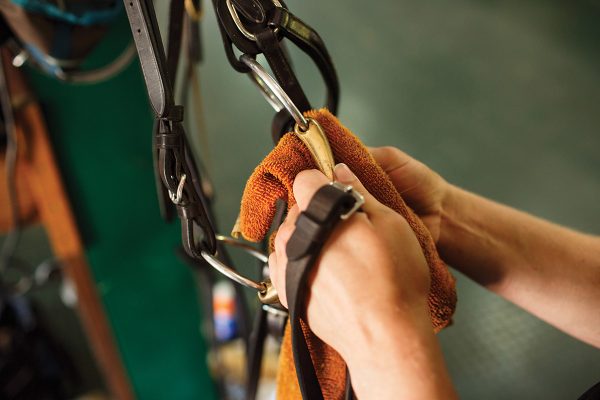

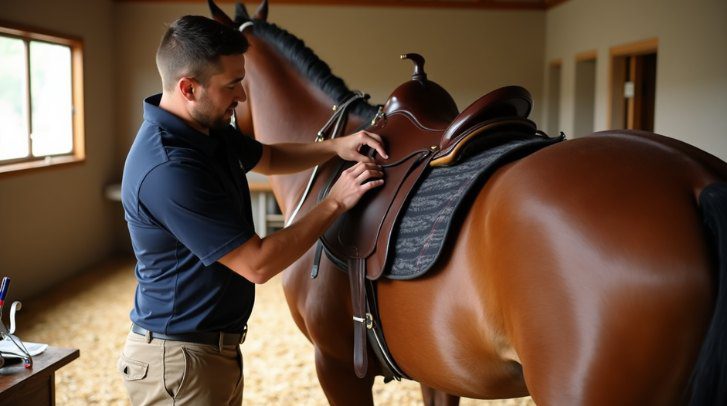
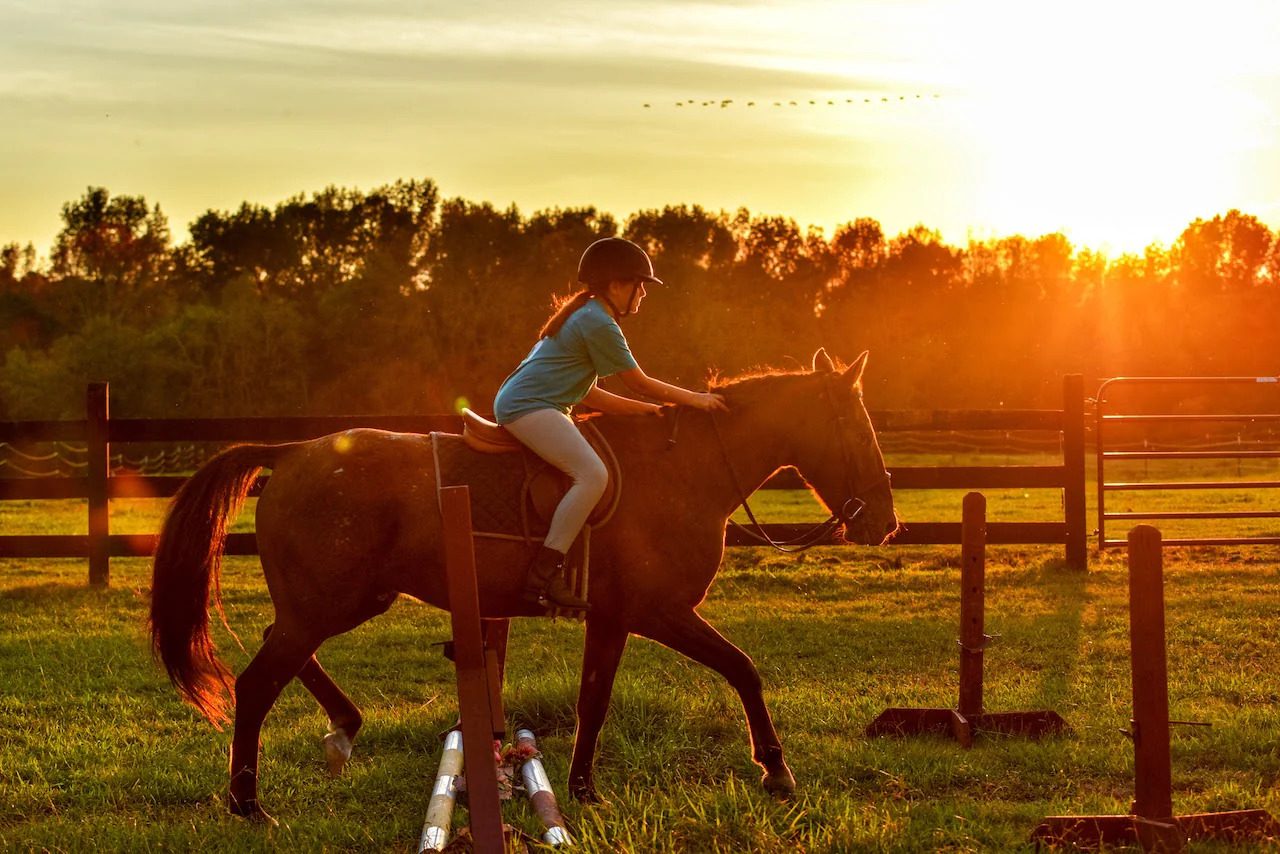
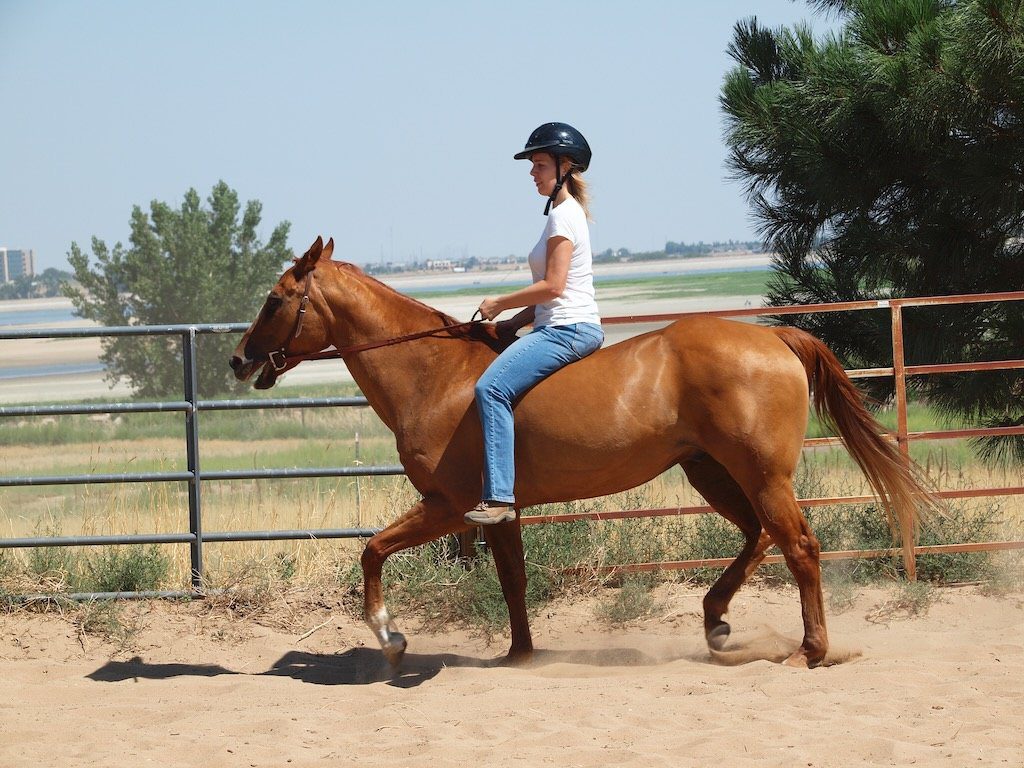
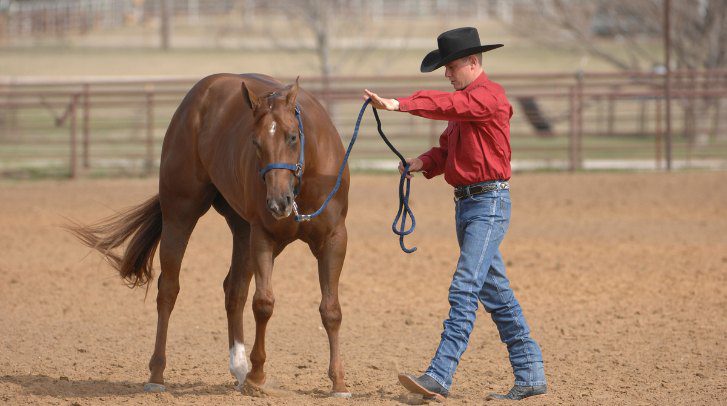
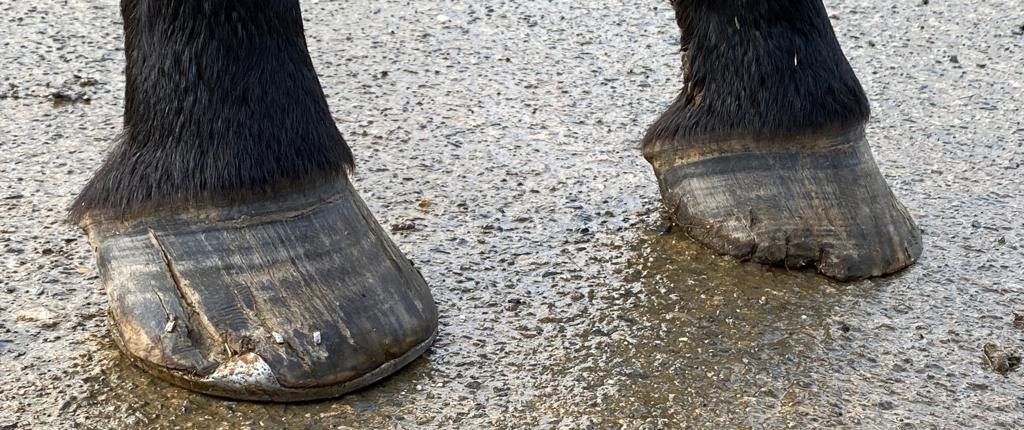
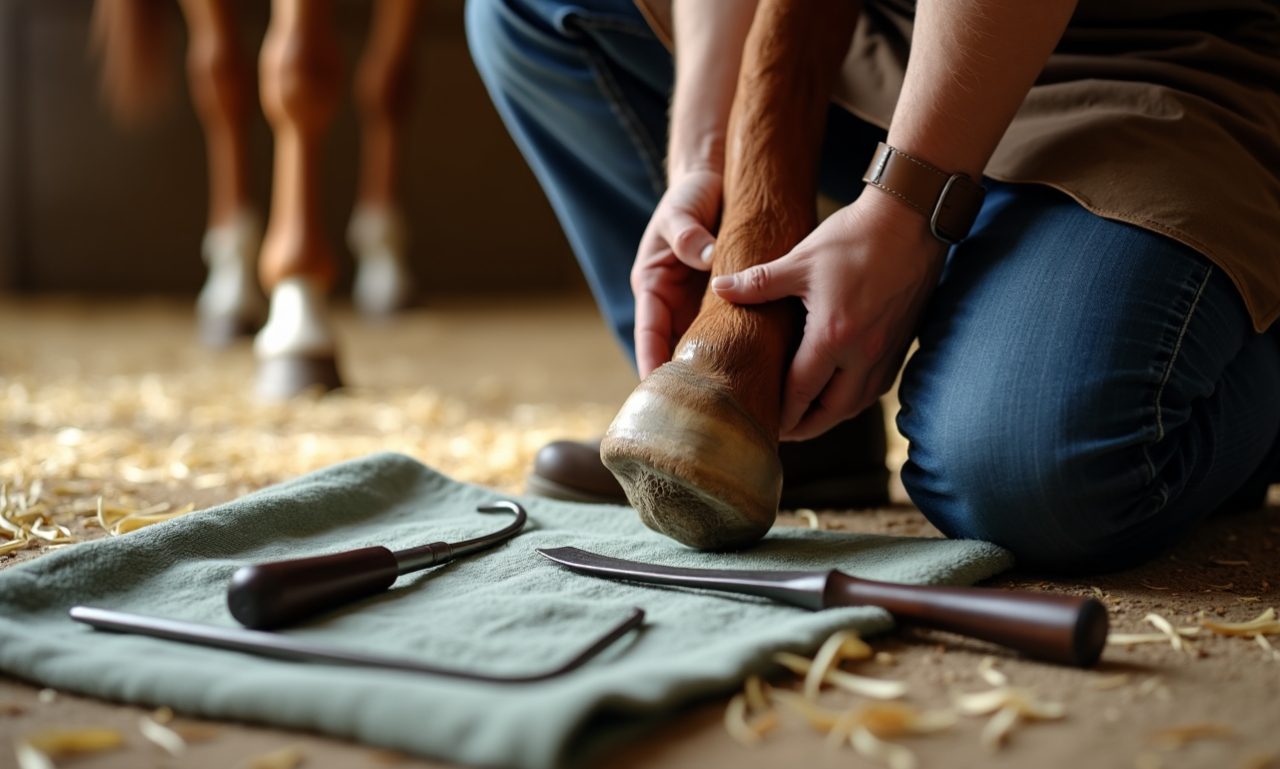

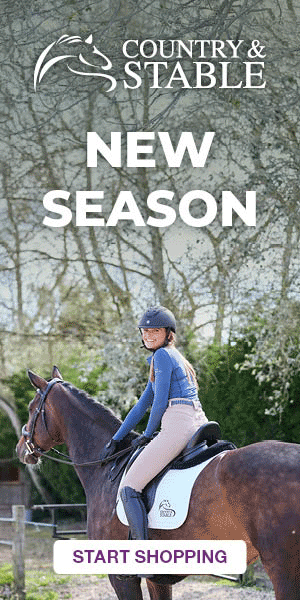
 Featured Listings
Featured Listings
 Adverts
Adverts
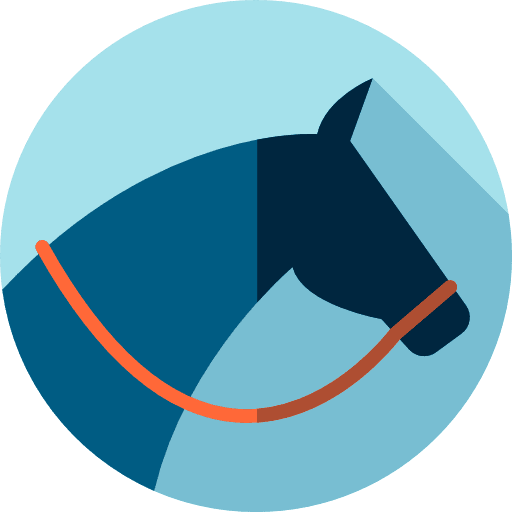 Horses For Sale
Horses For Sale
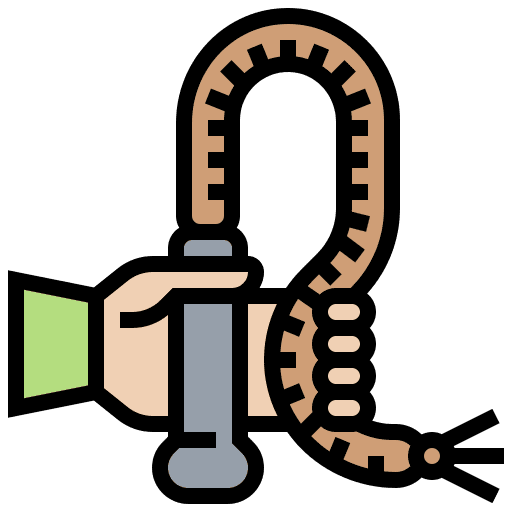 Tack & Equipment
Tack & Equipment
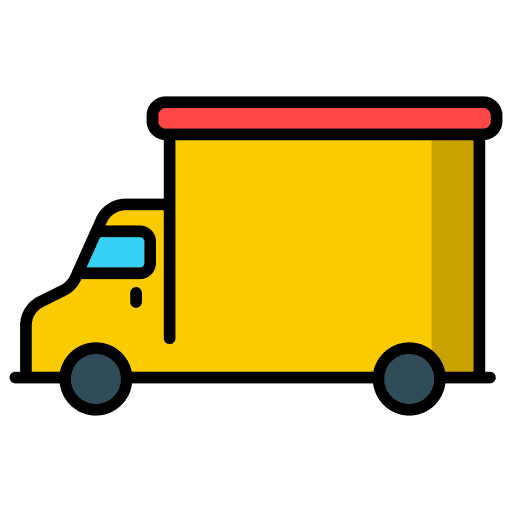 Horseboxes & Trailers
Horseboxes & Trailers
 Equine Properties
Equine Properties
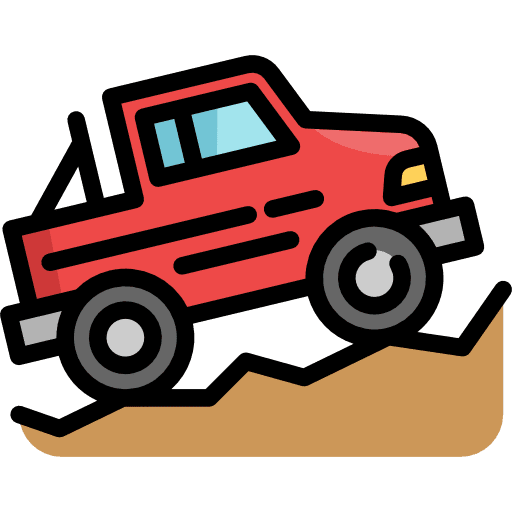 4x4 Vehicles
4x4 Vehicles
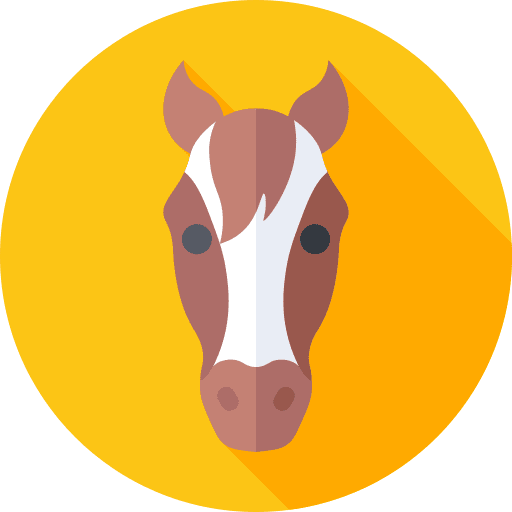 Horses For Loan
Horses For Loan
 Horses Wanted
Horses Wanted
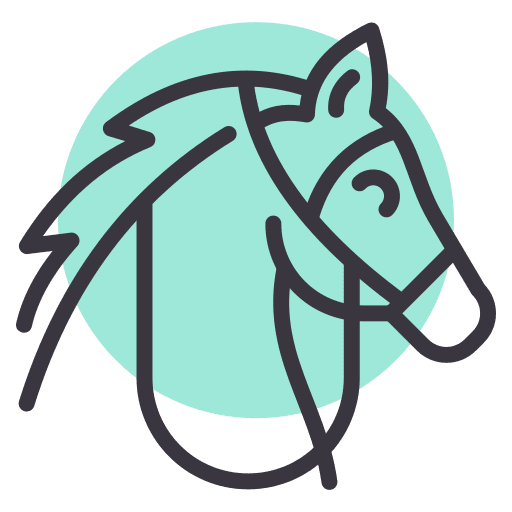 Stallions at Stud
Stallions at Stud
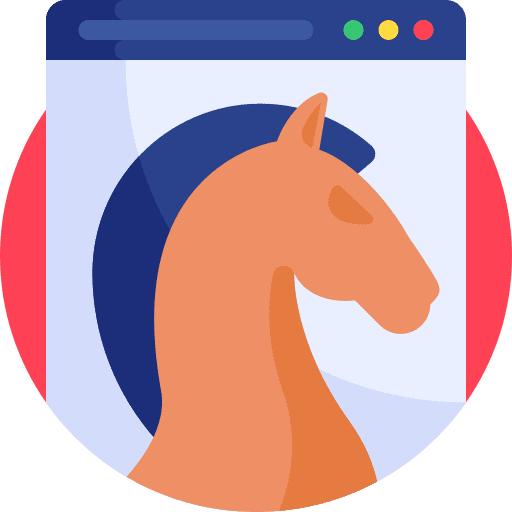 Equine Services
Equine Services
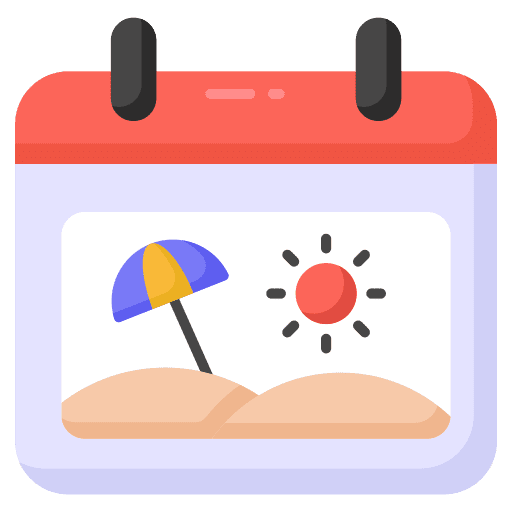 Riding Holidays
Riding Holidays
